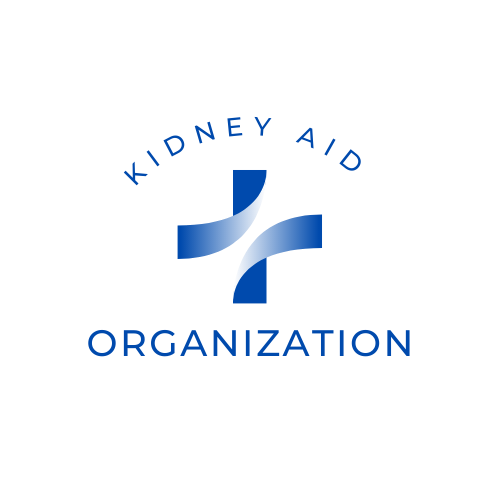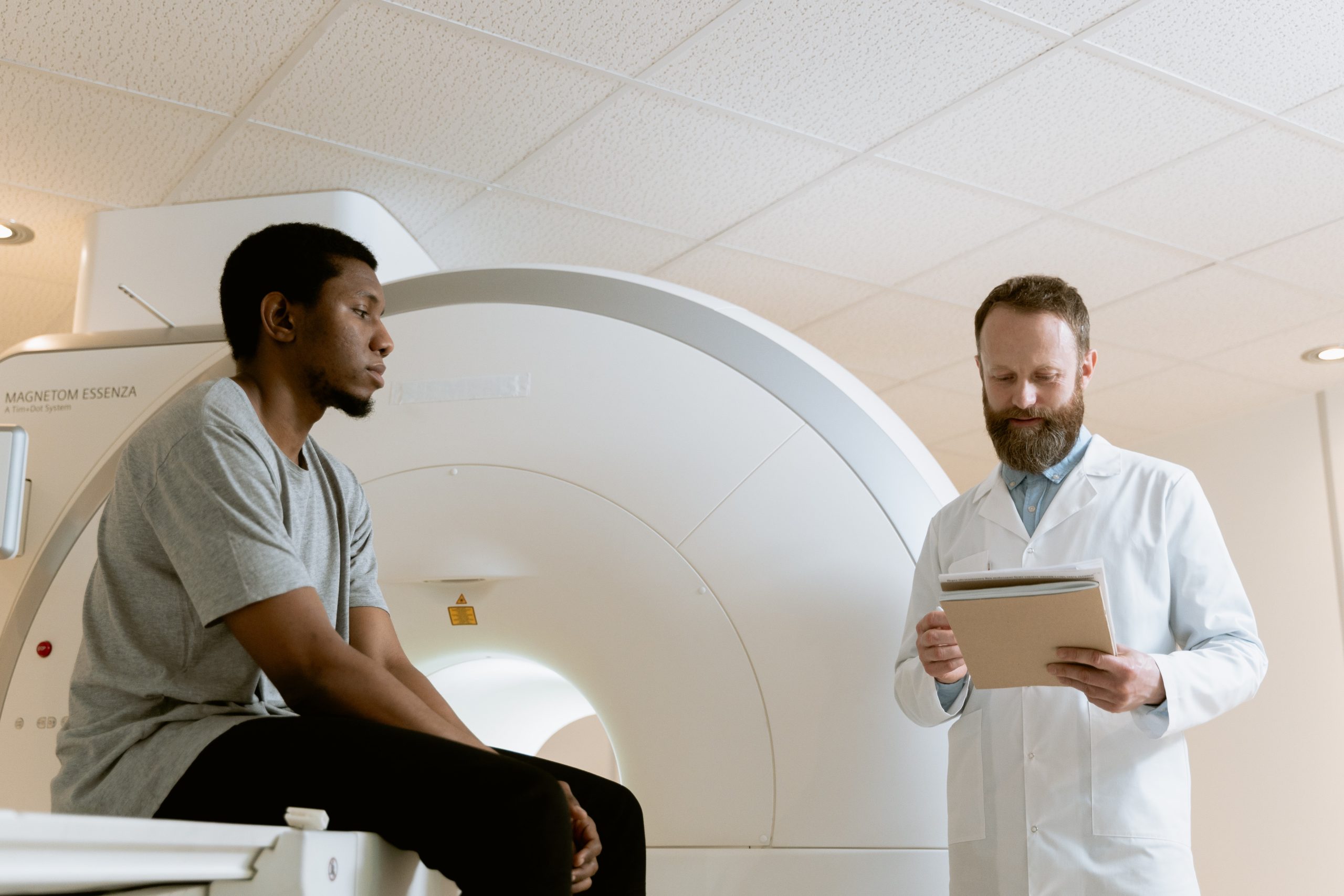This process is done several times a day, typically at home. The used dialysis solution is then drained from the body and disposed of, and fresh solution is introduced. PD offers several advantages over other forms of dialysis, including greater flexibility in scheduling, more control over the dialysis process, and the ability to perform the treatment at home. However, it also requires the patient to be highly compliant and to have a reliable source of dialysis solution and supplies. Additionally, there is a risk of complications such as peritoneal infection and hernias. Overall, PD can be an effective form of dialysis for many patients with chronic kidney disease, but it is important to carefully consider the risks and benefits before choosing this method.
Starting The Process Peritoneal Dialysis
Starting Peritoneal Dialysis (PD) usually involves several steps, including:
- Evaluation and preparation: Before starting PD, patients will typically undergo a comprehensive evaluation to determine if they are eligible for the treatment. This evaluation may include medical history, physical examination, blood tests, and imaging studies. Patients may also be required to attend educational sessions to learn about PD and how to perform the treatment.
- Catheter placement: A PD catheter will be surgically placed into the patient's peritoneal cavity. The surgery is usually performed as an outpatient procedure and takes about 30 minutes to an hour.
- Training: After the catheter is placed, patients will receive training on how to perform PD at home. This will include instruction on how to fill and drain the dialysis solution, how to monitor the treatment, and how to avoid complications.
- Initiating dialysis: After the patient has received training and is ready to begin PD, the first treatment will be performed in a hospital or dialysis center. This allows healthcare providers to monitor the patient and ensure that the treatment is working as intended.
- Continued care: After the initial treatment, patients will typically perform PD at home several times a day. They will also have regular follow-up appointments with their healthcare provider to monitor their progress and make any necessary adjustments to the treatment.
Food Recipes For Process Peritoneal Dialysis
If you're on Peritoneal Dialysis (PD), it's important to pay attention to your dietary intake and choose foods that are low in phosphorus, potassium, and sodium. Here are a few recipe ideas that can help you maintain a balanced diet while on PD:
- Baked chicken: Season boneless, skinless chicken breasts with salt-free herbs and spices and bake in the oven until fully cooked. Serve with steamed vegetables for a low-potassium and low-sodium meal.
- Grilled salmon: Grill salmon fillets and season with lemon juice and salt-free seasonings. Serve with brown rice and steamed green beans for a balanced meal.
- Vegetable stir-fry: Sauté a variety of low-potassium vegetables (such as broccoli, carrots, and bell peppers) in a wok with garlic and ginger. Serve over brown rice or noodles for a flavorful and healthy meal.
- Bean salad: Mix together canned, low-sodium beans (such as navy beans or chickpeas), diced vegetables (such as cucumber, tomato, and red onion), and a vinaigrette dressing for a quick and easy low-potassium and low-sodium salad.
- Turkey burger: Mix together ground turkey, diced onion, and salt-free seasonings, and form into patties. Grill or bake until fully cooked, and serve on a low-potassium and low-sodium bun.
What Are Forms Of Treatment For Peritoneal Dialysis?
Treatment for Peritoneal Dialysis (PD) typically involves several components, including:
The best course of treatment for PD will vary depending on the individual patient's medical condition and needs, so it's always best to consult with a healthcare provider to determine the best approach for you!

